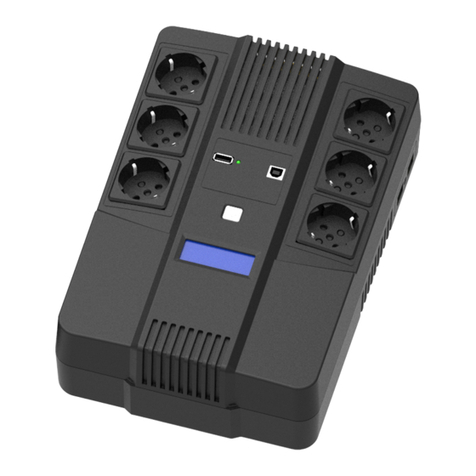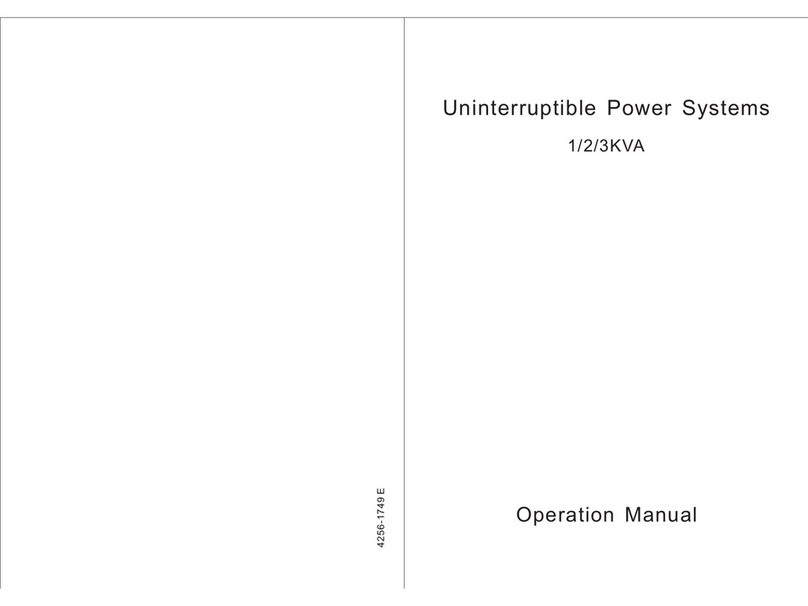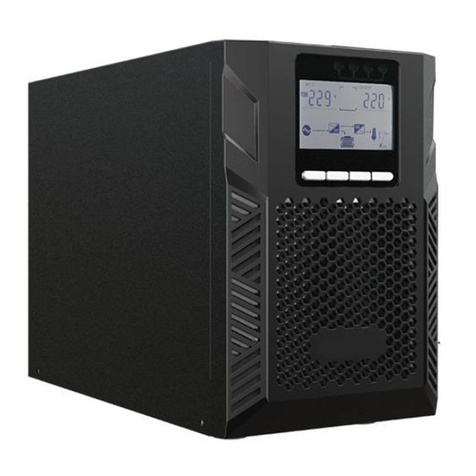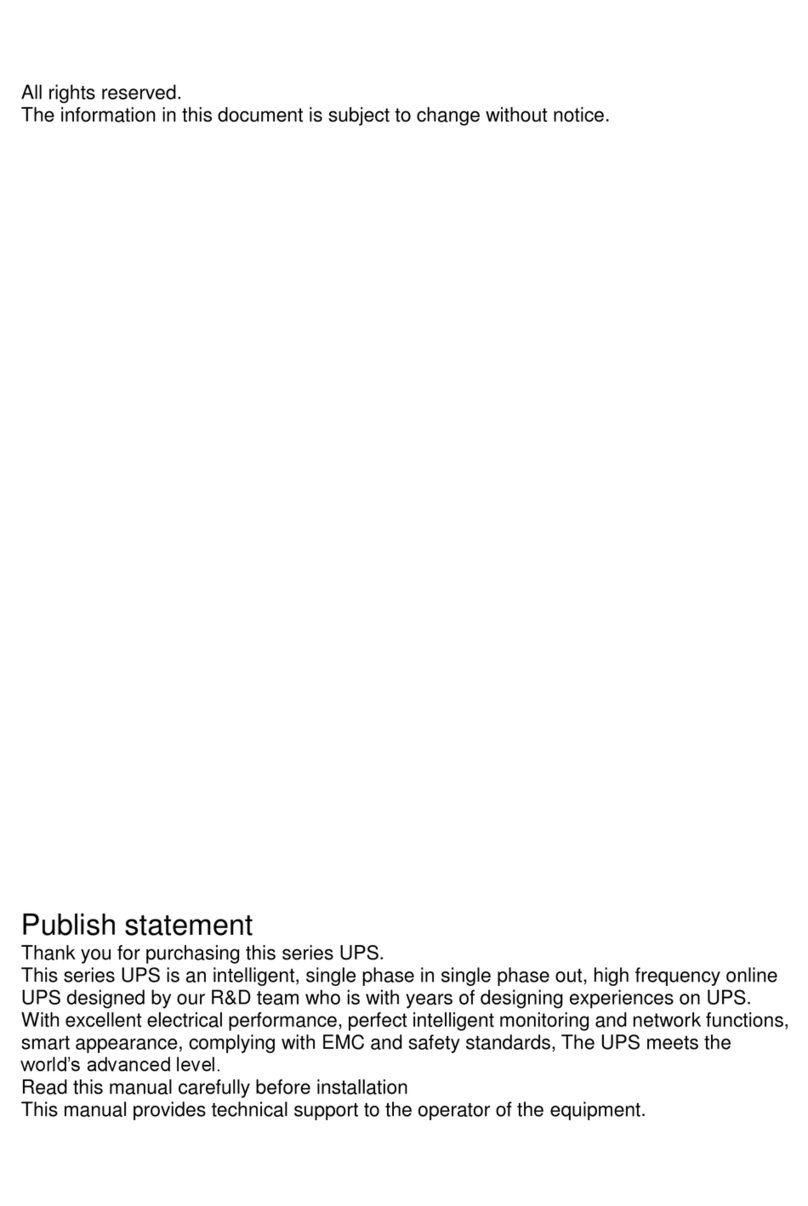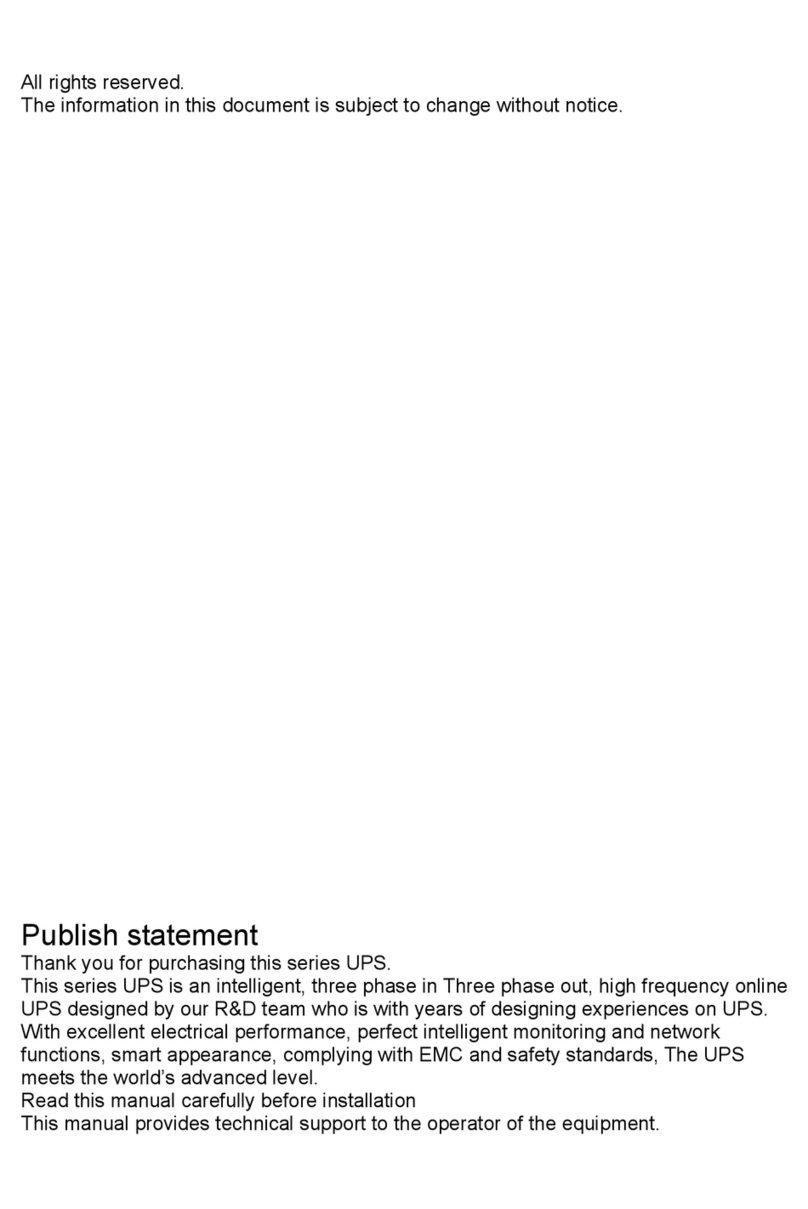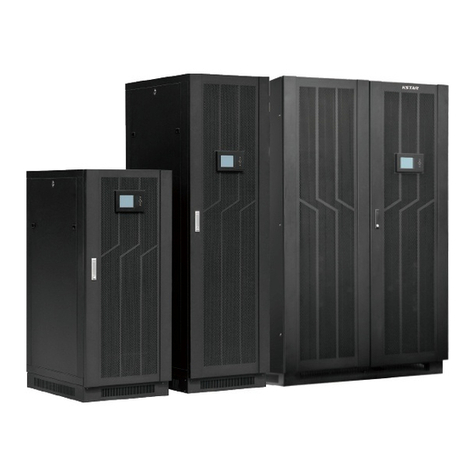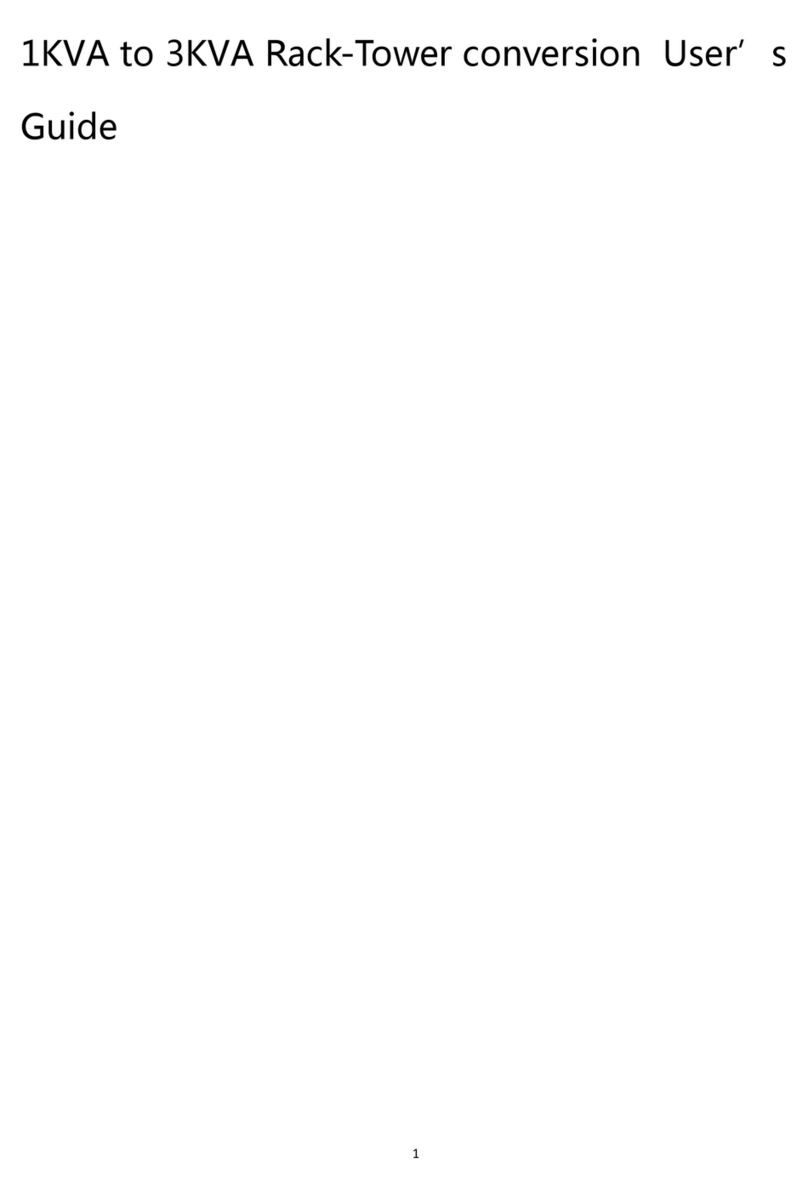
1
Contents
1.Safety....................................................................................................................................... 2
1.1 Safety notes ....................................................................................................................................... 2
1.2 Symbols used in this guide............................................................................................................ 2
2.Main Features........................................................................................................................ 3
2.1 Summarization................................................................................................................................... 3
2.2 Functions and Features .................................................................................................................. 3
2.3 Model description ............................................................................................................................. 4
3.Installation.............................................................................................................................. 5
3.1 Unpack checking .............................................................................................................................. 5
3.2 The appearance of the product..................................................................................................... 5
3.3 UPS module appearance .............................................................................................................. 18
3.4 Installation notes ............................................................................................................................ 19
3.5 External Protective Devices.......................................................................................................... 20
3.6 Power Cables................................................................................................................................... 20
3.7 Power cable connect...................................................................................................................... 24
3.9 Battery connection ......................................................................................................................... 25
3.10 Online UPS Modules Replacement .......................................................................................... 26
3.11 UPS Multi-Module Installation ................................................................................................. 27
3.11.1 Cabinet installation ........................................................................................................... 27
3.11.2 Parallel cable installation ................................................................................................ 28
3.12 LBS installation (optional).......................................................................................................... 28
3.12.1 LCD setting ......................................................................................................................... 28
3.12.2 LBS cable installation ...................................................................................................... 29
3.12.3 UPS installation ................................................................................................................. 29
4.Operation.............................................................................................................................. 30
4.1 Operation Modes ............................................................................................................................. 30
4.2 Turn on/off UPS ............................................................................................................................... 32
4.2.1 Restart procedure................................................................................................................ 32
4.2.2 Test procedure ..................................................................................................................... 33
4.2.3 Cold start procedure........................................................................................................... 33
4.2.4 MAINTENANCE BYPASS ................................................................................................... 34
4.2.5 Shut down procedure......................................................................................................... 34
4.2.6 Startup procedure for parallel system ........................................................................... 35
4.3 The Display....................................................................................................................................... 35
4.4 Display Messages/Troubleshooting........................................................................................... 65
4.5 Options .............................................................................................................................................. 67
Appendix 1 Specifications ..................................................................................................... 68
Appendix 2 Problems and Solution..................................................................................... 71
Appendix 3 CAN communication port definition............................................................. 73
Appendix 4 RS485 communication port definition ......................................................... 73
Appendix 5 COM communication port definition ............................................................ 74
Appendix 6 LBS port definition ............................................................................................ 74
Appendix 7 REPO instruction ............................................................................................... 75
